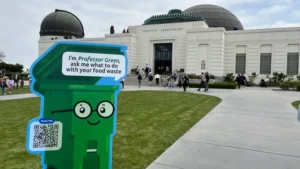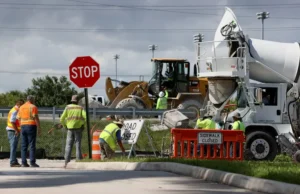Key Takeaways
- Momentus Inc. will transport Orbit Fab’s Podracer and RAFTI payloads on its Vigoride 7 mission, set for launch no earlier than February 2026.
- The mission will include tests for infrared imaging and satellite refueling capabilities, supported by the U.S. Air Force Research Laboratory.
- This marks Momentus’ fourth Vigoride mission and its first collaboration with Orbit Fab, involving multiple U.S. defense and commercial entities.
Mission Overview
Momentus Inc., based in San Jose, California, has signed a crucial contract with Orbit Fab to provide hosted payload services for a pair of innovative technologies—Podracer and the Rapidly Attachable Fluid Transfer Interface (RAFTI). The launch is scheduled for no earlier than February 2026 as part of a SpaceX rideshare mission.
Podracer, funded by the U.S. Air Force Research Laboratory (AFRL), aims to advance space domain awareness by testing a suite of infrared imaging sensors and related systems, including a control module for image processing. Momentus will deploy Podracer aboard its Vigoride 7 orbital service vehicle, where it will engage in a rendezvous and proximity operations demonstration using proprietary Momentus technology. Orbit Fab will manage the Podracer payload remotely from its Mission Operations Center in Colorado.
In addition to Podracer, the mission will also facilitate the inaugural in-orbit test of RAFTI. This hydrazine-compatible satellite refueling interface has received approval from Space Systems Command and is designed to enhance spacecraft lifetime and operational flexibility by enabling on-orbit refueling. This capability is expected to reduce costs and extend mission durations significantly.
Momentus CEO John Rood expressed enthusiasm about the collaboration: “This mission will support several cutting-edge payloads from the U.S. Defense Advanced Research Projects Agency, AFRL, and early-stage space companies.” Dr. Melissa Sampson, Vice President of Business Development at Orbit Fab, added, “Our collaboration underscores the critical role of on-orbit refueling for increasing satellite maneuverability and mission life.”
This mission not only exemplifies the potential for technological advancement in space but also reflects growing partnerships among government agencies and commercial startups to enhance U.S. capabilities in space operations. With innovative payloads and state-of-the-art technologies, this mission is poised to contribute significantly to the future of space mobility and sustainability.
The content above is a summary. For more details, see the source article.















